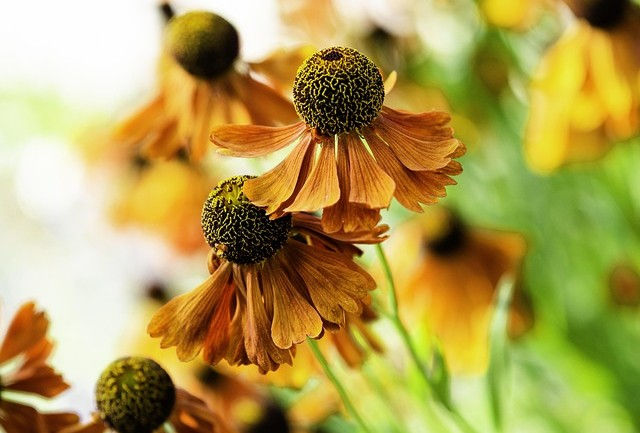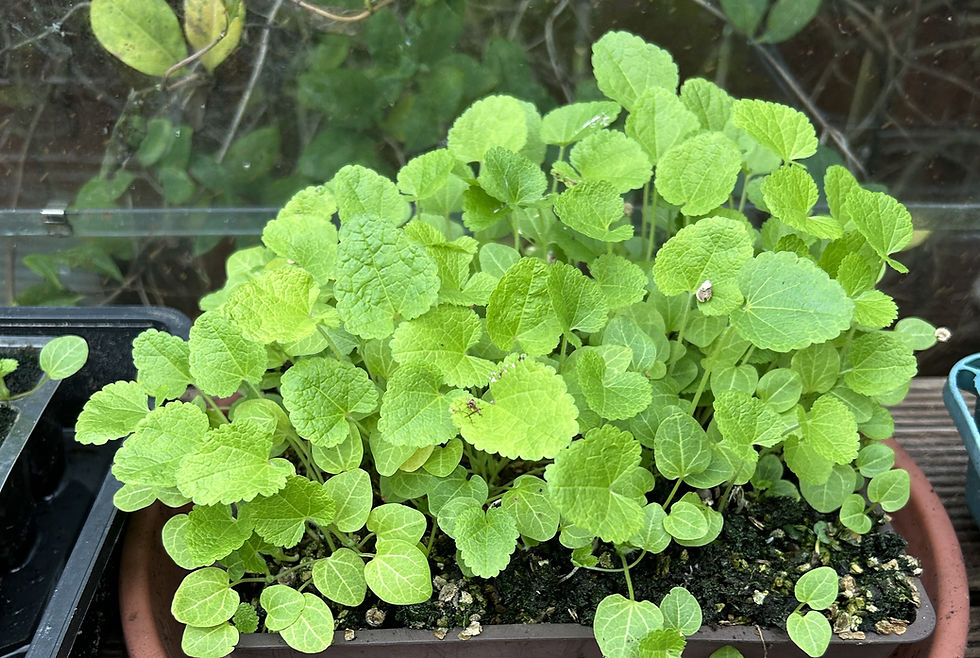Produce more garden plants by division
- patrickwiltshire3
- Nov 1
- 2 min read

I get more plants in autumn than any other time in the gardening calendar by dividing plants and so not necessarily by buying more from the garden centre. I get more plants simply from spotting the plants I like already in the garden and dividing them. Let me explain.
Propagating by division
Many perennials like hostas, grasses and hardy geraniums respond well to division, meaning splitting plants at the root-zone creating lots of sections and placing the numerous sections in the parts of the garden you desire.
What other garden plants do well from dividing?
Belladonna
Rudbeckia
Epimediums
Heucheras and tiarellas
Brunnera
Sedums
Ajugas
Lady's mantle
Lungwort
What do you need for dividing plants?
Border spade
Border fork
Fellow gardener
Compost bag or tarpaulin
Watering can
So how exactly do you divide plants?
Choose a dry day in autumn to make divisions from your garden perennials a) not to get dirty and wet which is miserable and b) not to compact wet soil while working which can adversely affect its drainage.
You want to lift the perennial out of the ground and onto a tarpaulin or empty compost bag. Depending on the plant this will require simply lifting it out of the ground using a border fork or spade or asking help from a fellow gardener due to its significant root-zone. (Come across an established day lily Hemerocallis and you'll see what I mean.)
Once out the ground decide how many sections you want your plant to be separated into.
Here I have two sedges I bought from the garden centre and successfully cut them into five sections for re-planting.

After replanting your plant sections water them well and stand back to admire your nifty bit of plant propagation, easy on the eye and economical too.
Are some perennials harder to divide than others?
Yes some perennials are trickier to divide than others. As I mentioned day lilies produce thick root zones, as do agapanthus. Separate the root-zones of agapanthus and day lilies by popping two garden forks through the centre back to back and prising them apart. (Again help from a fellow-gardener is wise to prevent injuring your back.)
Is there any other time of year you can divide your perennials?
Yes, you can divide perennials in early spring but be sure to keep an eye open for surrounding bulb plants like daffodils and snowdrops. You can divide perennials in summer too but if it's a dry summer the drought can be a stress for the new sections so be mindful.
Can you produce more flowers economically in other ways?

Yes - in my East Yorkshire garden I propagate plants economically by division, cuttings and seed-sowing, all effective ways of getting more flowering plants in your outdoor space.


